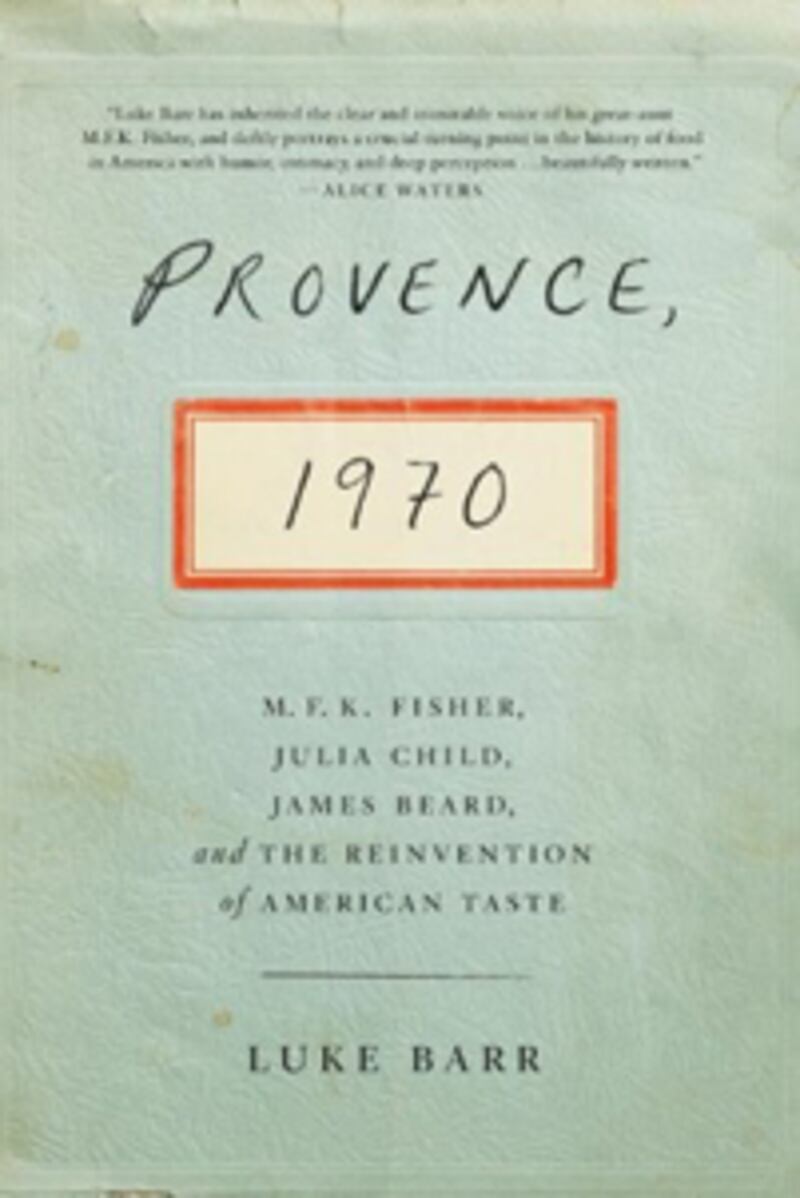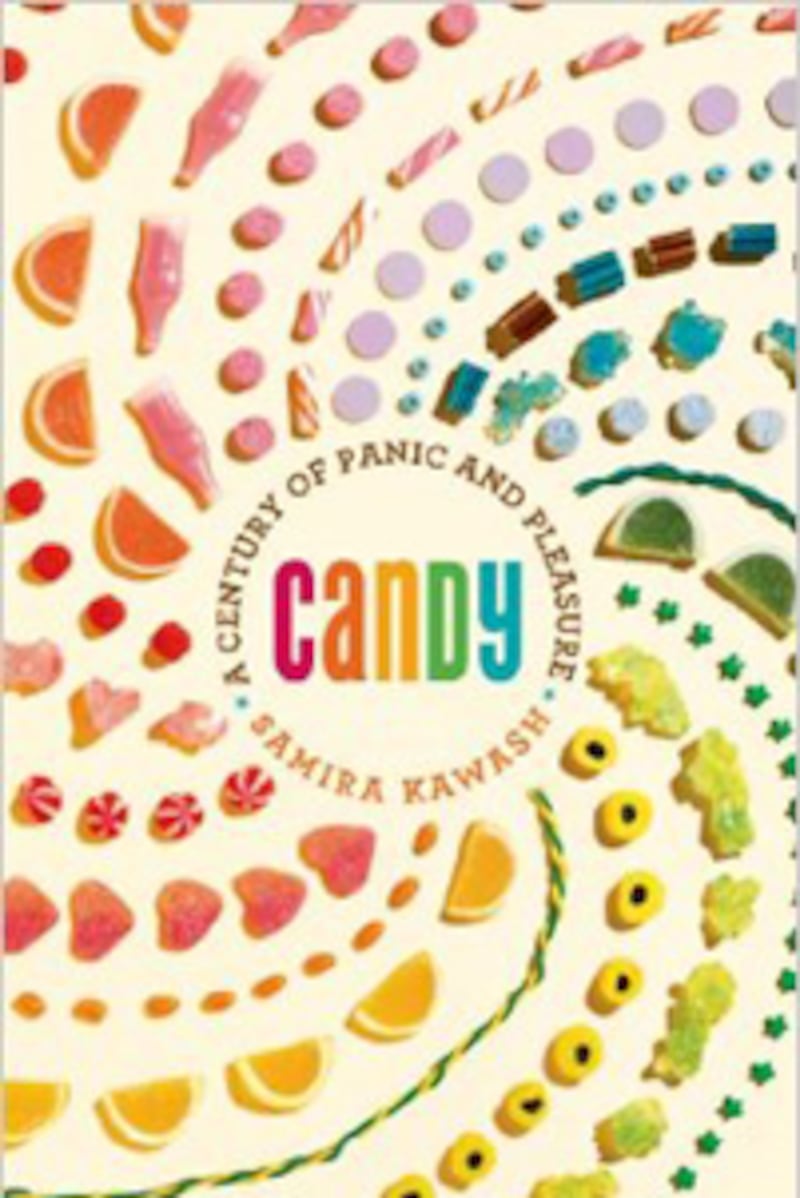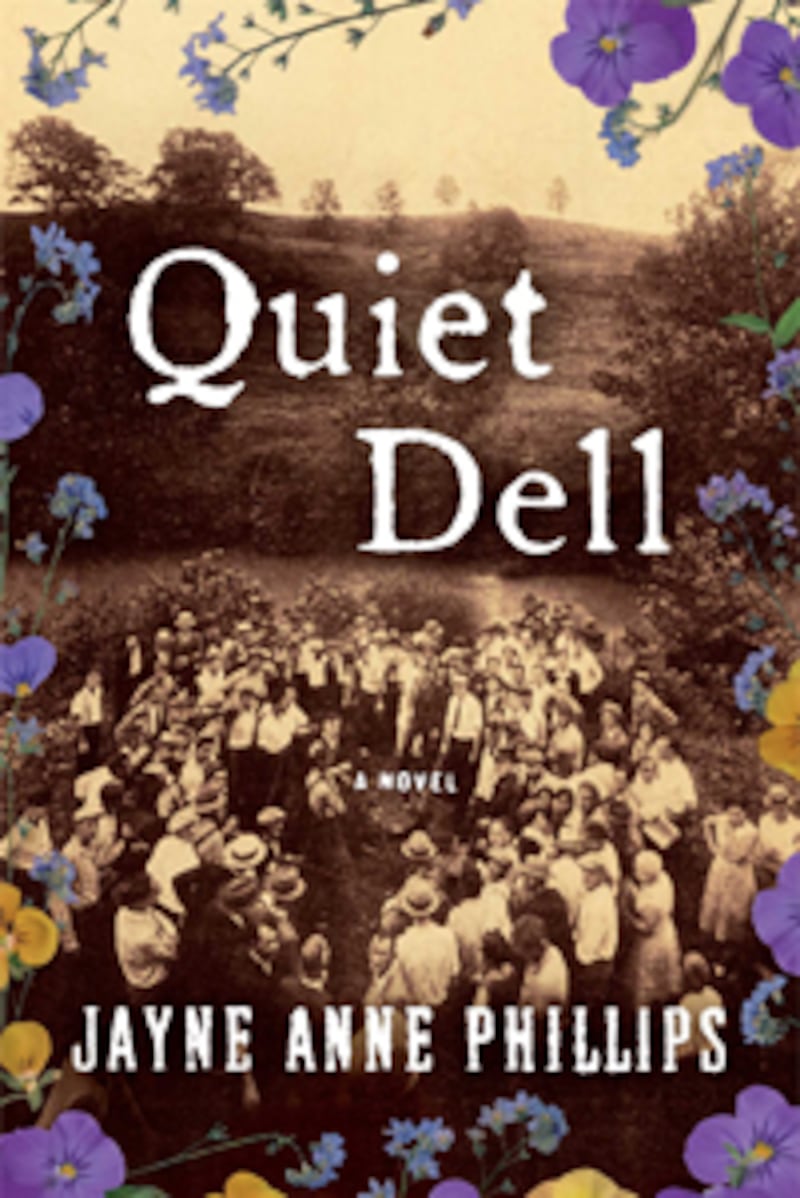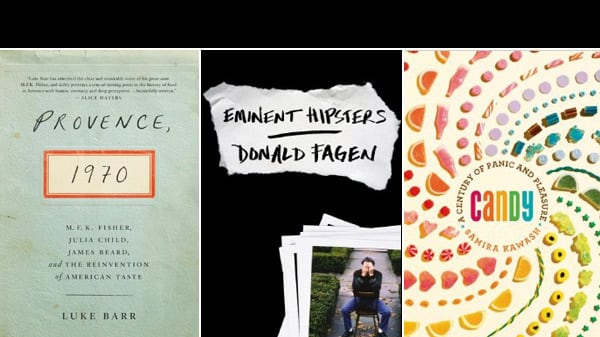Eminent Hipsters by Donald Fagen.

Steely Dan co-founder and lead singer Donald Fagen’s new book Eminent Hipsters is partly a compilation of his essays and partly a journal he kept while on tour in 2012. Fagen, who majored in journalism as an undergraduate, includes vignettes about his awkward adolescence and growing up Jewish in the predominantly Christian Midwest—alongside critical assessments of his own musical influences, science fiction of the 1950s, and radio legend Jean Shepherd. Fagen brings a fanatic’s level of knowledge to his analyses of Charles Mingus, Henry Mancini, Ennio Morricone, Connie Boswell, Earl Hines, and Willie Smith. He is at his best when writing about jazz, his taste and attention to detail having been honed over decades of non-stop listening. His tour diary, though less polished than his essays, is compelling in its own right. Over the course of the tour, Fagen grows increasingly frustrated at performing with his side project, The Dukes of September, who command smaller crowds and cheaper accommodations than Steely Dan. The band has to forego plane travel, personal assistants, and expensive hotels. In addition, Fagen faces the duel frustrations of the aging rocker: his audience is middle-aged, and they just want to hear the hits. In its second half, Eminent Hipsters becomes an unexpectedly revealing look at both the fringes of the entertainment industry and the waning of Fagen’s long career in music.
Provence 1970 by Luke Barr.

Barr, M.F.K. Fisher’s great-nephew, tells the story of the formative winter that Fisher spent in Julia Child’s house in the titular French village. Provence was where Fisher and Child, along with their friend James Beard, began to break from French traditions of cooking. In the coming years, they would all write books that described a deliberately unpretentious, experimental, and, most of all, American approach to food. France had long dominated not only the conventions of cooking, but also the sensibilities of Child, Beard and Fisher. In Child’s case, she—along with her collaborator Simone Beck—popularized French cuisine stateside with the publication of The Art of French Cooking and its equally successful sequel. However, over what surely were many magnums of French wine and some of the best meals ever—the best chefs in the world, cooking to impress—Child, Beard, and Fisher began to articulate their dissatisfaction with Gallic cuisine. It was becoming increasingly elitist, pretentious, and exclusive. It was inaccessible to the ordinary American. In Provence 1970, Barr vividly reconstructs the rivalries from which debates and endless tasting and drinking would give rise to From Julia Child’s Cookbook, James Beard’s American Cookery, and Fisher’s Among Friends and A Considerable Town. These texts would bring appreciation for fine food to average Americans and continue to dictate how we eat and cook today.
Candy: A Century of Panic and Pleasure by Samira Kawash.

In Candy: A Century of Panic and Pleasure, Samira Kawash asks the question: why do most–if not all–histories of American eating entirely ignore one of America’s major homegrown culinary innovations? No one wants to talk about candy because it’s indulgent, unhealthy, and often scandalous. In the modern world of organic food and low carb diets, consuming sugary snacks invariably evokes deep shame and guilt. On a more fundamental level, food writers ignore the Hershey Bar, Baby Ruth, and countless other American classics because candy is not “food.” It’s food-like. However, Kawash makes the case that the same innovations and cultural trends that are responsible for how we eat now are equally responsible for the evolution of candy; some were even made possible because of the rise of candy. Now that every aisle in the supermarket is lined with food that would be unrecognizable to our grandparents, candy’s notorious artificiality has become the norm. Maligned for its corn syrup and sweeteners, candy is elementally no different than the corn-processed foods that account for the majority of the average American’s caloric intake. The demonizing of candy, with its obvious sweeteners, has given rise to subtler imitators that masquerade as healthy: fruit snacks, meal replacement bars, fiber bars, or granola bars. Though these snacks often contain as much sugar as a Hershey’s, they are marketed as healthy alternatives. Kawash writes that people should be eating vegetables, fruit, and other “real” foods, but when they do want something sweet, there’s nothing wrong with—or better than—a piece of candy.
Quiet Dell by Jayne Anne Phillips.

The Depression-era serial killer Harry Powers—the inspiration for the movie The Night of the Hunter—would lure his victims through Lonely-Hearts ads he placed in the local paper. Writer Jayne Anne Phillips grew up near the site of those murders, the small West Virginia town Quiet Dell. Her new book, a fictional narrative of the crimes, takes its name from the infamous site. A young reporter, one of hundreds that descended upon the backwoods town in the wake of the murders, reconstructs the disappearance of Power’s final victims, Asta Eicher and her three children. The Eichers are vividly realized, which makes the domestic drama in the first part of Quiet Dell disturbingly ironic. Growing attached to these characters is painful knowing their eventual fate—perhaps even for Philips herself, who resurrects the youngest daughter in spectral form after the killings. Departures like this from the standard serial killer procedural—though Phillips uses many of the usual tools of the true-crime novel like court transcripts, newspaper stories, and correspondences—distinguishes Quiet Dell with experimentation and rich characterization.





